Review of the Vivo V19 smartphone with all the characteristics
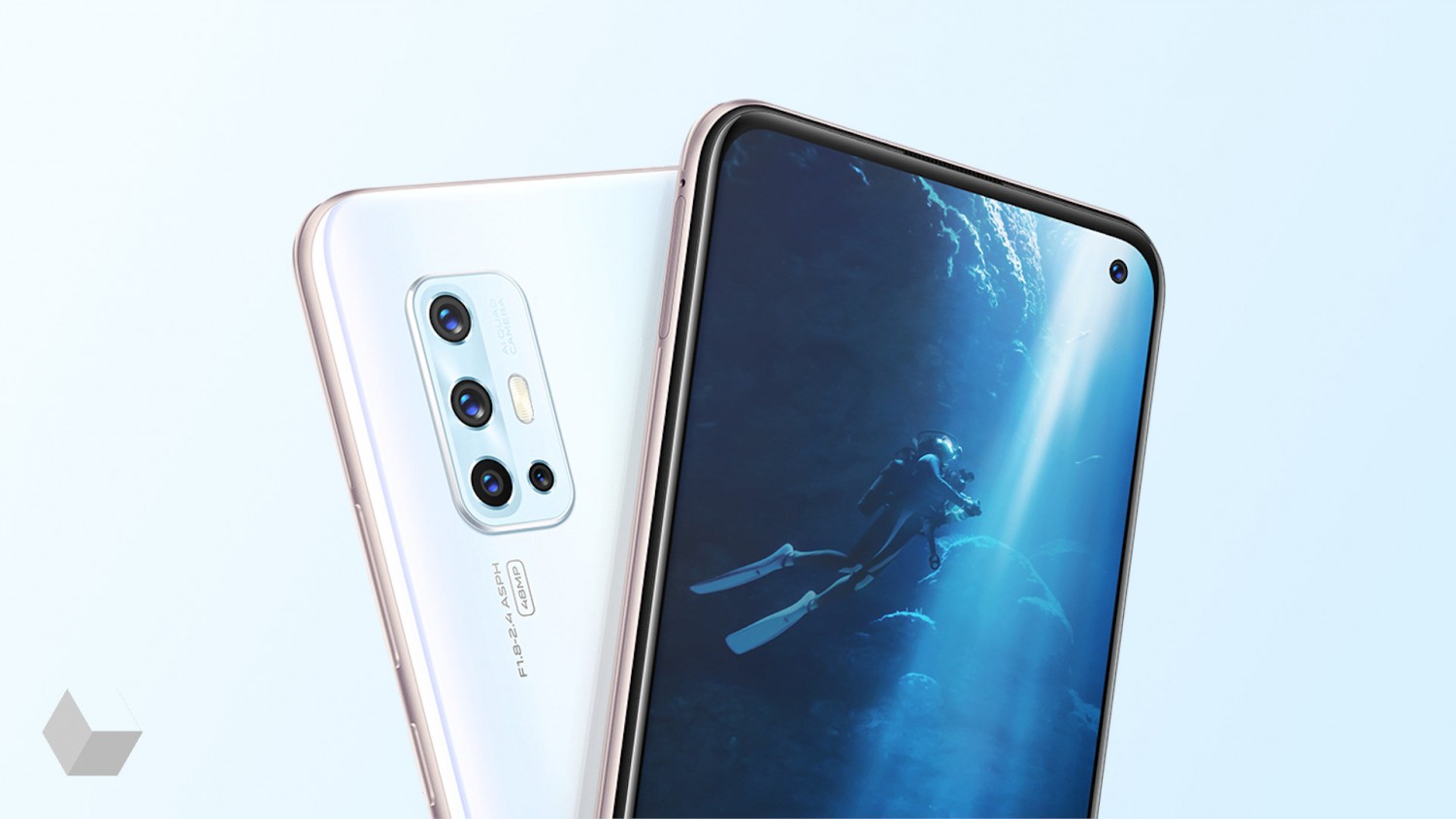
Getting lucky in the wireless market is no easy feat, and creating the recipe for the perfect smartphone is even more so. Vivo, however, the maneuver was easy, and too much. That is why now we see numerous billboards, ads and ratings (within your own home, of course), where the Chinese brand is fighting for the leading position in the world along with Xiaomi, Huawei and Oppo.
Vivo's finest hour came back in 2019, when the news about the new flagship Vivo V17 spread around the world network. However, it's 2020, which means it's time to move on. At the end of March this year, a new model (Vivo V19) was released, which will be discussed in this review. Is it a dummy, assembled according to a pattern, or is it an improved version? Let's find out right now!
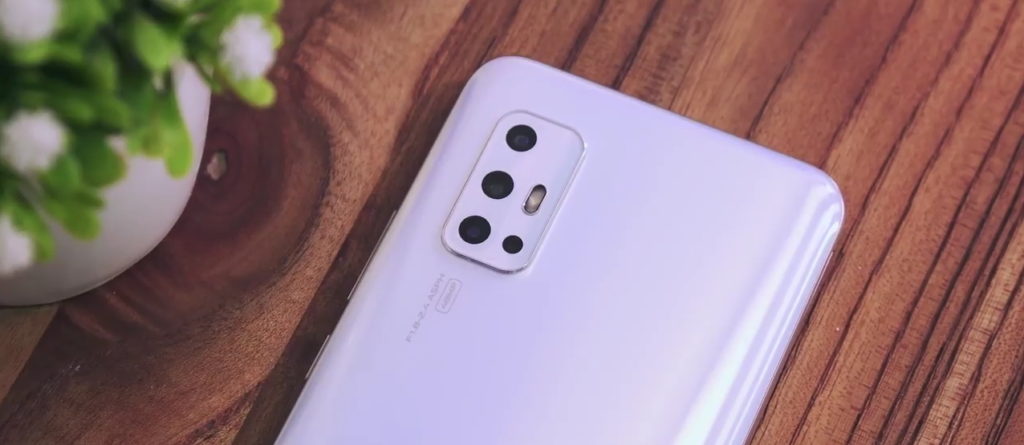
Content [Hide]
Vivo or Vivo?
We will omit the history of brand creation, records and so on. We are interested in a more important question - pronunciation.How should the brand name be pronounced: vivo or vivo?
It turns out that it should be pronounced in the Spanish manner - vivo, which means “I live” in translation. In Indonesia, where the influx of buyers is greatest, they generally speak with stunning consonants to "fifo". Comic enough for Russian speakers, but now you know how to call the brand correctly.
Appearance
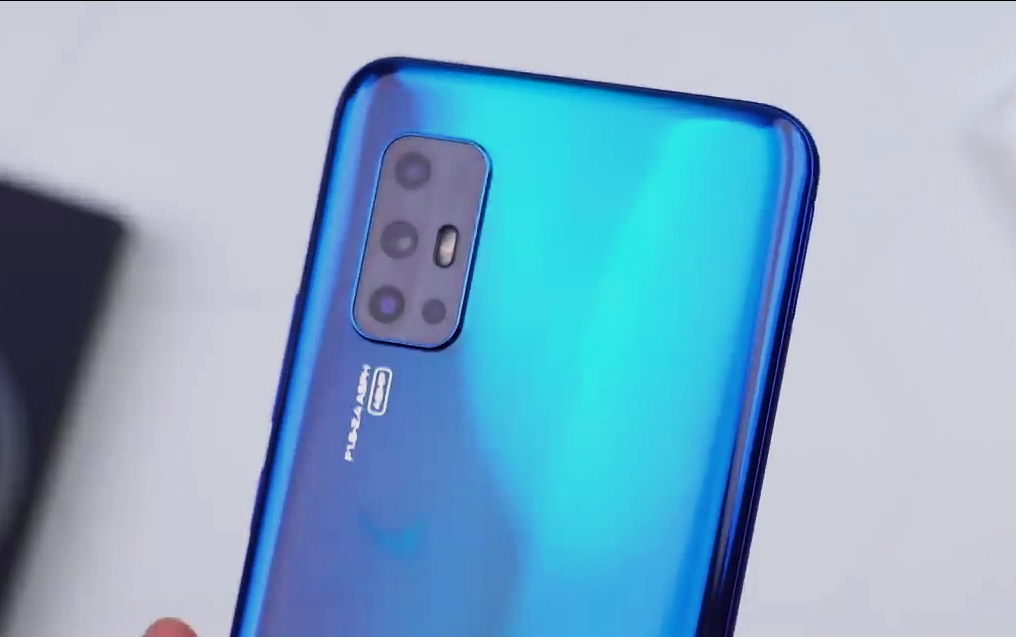
“Too expensive” – this is exactly how, concisely and clearly, the users described the novelty. People can be understood, during the crisis, few people want to pay for a smartphone, which hardly reaches the mainstream segment.
The appearance of this model is almost identical to the successful predecessor Vivo V17, except for the camera and dimensions. The smartphone has a rectangular shape with rounded edges, with dimensions of 159 x 74.2 x 8.5 mm. Phone of medium size, and the weight was only 176 grams. Everyone can use it comfortably, regardless of gender and age.
The issue of durability, of course, the company did not raise. The materials from which the smartphone is made are far from luxurious. Plastic, glossy body and side frames are extremely susceptible to damage. The colors of the Vivo V19 are light and this only worsens the situation. You can't do without a good cover. Meanwhile, the characteristics of the screen look promising, which is able to change the situation. It is made of toughened tempered glass and comes with the latest Corning Gorilla Glass protection. At least something in this device is not threatened by dust and fingerprints.
Speaking of which, the fingerprint cutout in the flagship has been replaced with an optical one. This at least slightly reduces the pollution of the case.
If in Vivo V17 the camera was a real highlight, then in the new model the developers decided to return to the timeless classics.A rectangular block of 4 cameras (or a quadroblock) is located in the upper left corner. In addition to it, the brand logo is also presented on the case. From the front, the Vivo V19 can easily be confused with the iPhone X. Miraculously, they are similar in size, and also have frameless displays, without cheap bangs and chins.

The front camera, in turn, will have to be looked for. She hid in the upper right corner. The small hole does not obscure the picture, it's good that the Chinese brand did not succumb to the frilly trends of 2020 for the “dual” selfie camera and other sophistications.
Equipment and design
The Vivo V19 box already looks promising. The package is made in dark blue colors, with a characteristic gloss, as well as on the cover of the phone. From there, we first learn about the unique features of the smartphone, for example: night selfie, Quick Charge.
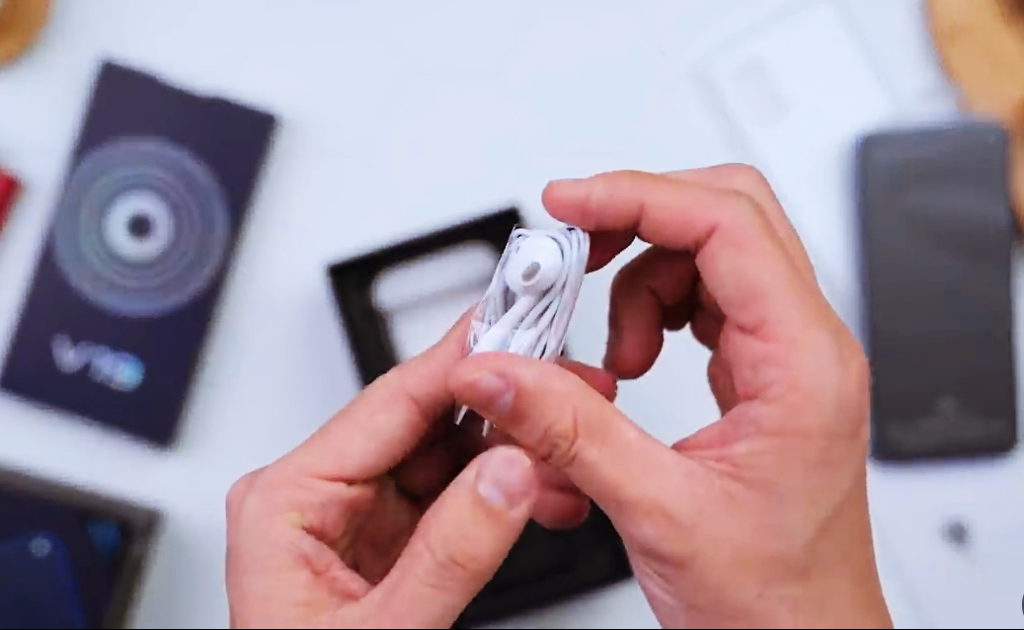
Comes with:
- Clear case;
- Charger;
- USB cord;
- Clip for sim slot.
The time has come to present the most interesting section - design. Vivo V19 has two colors in total: arctic blue and crystal white. Exactly like V17.
Characteristics
| Options | Characteristics |
|---|---|
| Screen | Diagonal 6.4” |
| Full HD resolution 1080 x 2400 | |
| Super AMOLED matrix | |
| Pixel density 409 ppi | |
| Capacitive sensor for 10 touches at the same time | |
| SIM card | Dual SIM |
| Memory | Operational 8 GB |
| External 128 or 256 GB | |
| microSD memory card | |
| CPU | Qualcomm SDM675 Snapdragon 675 (11nm) |
| Octa-core (2x2.0 GHz Kryo 460 Gold & 6x1.7 GHz Kryo 460 Silver) Cores 8 pcs. | |
| Adreno 612 | |
| Operating system | Android 10.0 |
| Communication standards | 4G (LTE) GSM |
| 3G (WCDMA/UMTS) | |
| 2G (EDGE) | |
| cameras | Main camera 48 MP, f/1.8, (wide), 8 MP, f/1.8, 13 mm, 2 MP, f/2.0, (depth), 2 MP, f/2.0 2 MP, f/2.4, (depth) |
| There is a flash | |
| Autofocus yes | |
| Front camera 32 MP, f/1.8 | |
| No flash | |
| Autofocus yes | |
| Battery | Capacity 4500 mAh |
| Fast charging at 18 volts | |
| Battery stationary | |
| Wireless technologies | Wi-Fi 802.11 a/b/g/n/ac, dual-band, Wi-Fi Direct, hotspot, NFC |
| Bluetooth 5.0, A2DP, LE | |
| Navigation | A-GPS |
| Sensors | The fingerprint scanner |
| Accelerometer | |
| Compass | |
| Proximity sensor | |
| Light sensor | |
| Gyroscope | |
| Connectors | Micro-USB interface |
| Headphone jack: 3.5 | |
| Dimensions | 159 x 74.2 x 8.5mm |
Screen
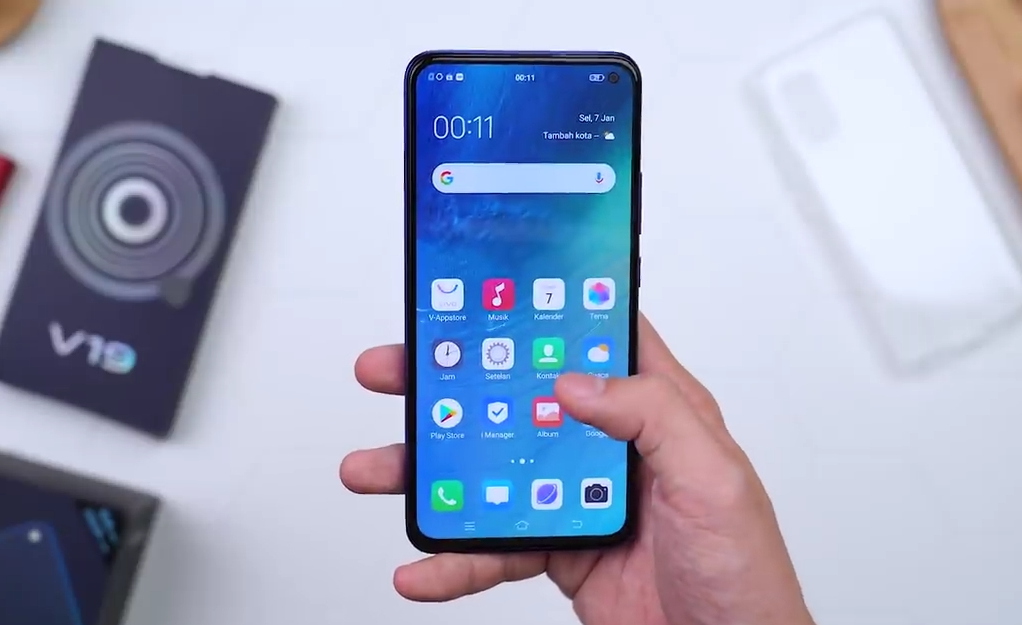
The flagship display has become a real star. Not only is it equipped with the latest generation of Gorilla Glass additional protection, it also gets a rare DCI-P3 design, which will be written in more detail a little later. The screen occupied 85% of the total area of the smartphone. Just imagine what it's like to take photos or watch movies on it! This is at 1080 x 2400 resolution and Full HD (1080p) quality.
At the heart of the display, as expected, is a high-quality Super Amoled matrix. The author's development of Samsung has migrated from the "Smart Watch" section to "Smartphones" for two years now. She has plenty of perks. First of all, such a smartphone, even at maximum brightness, will consume little energy. Small spoiler: You won’t have to tweak the performance in sunny or cloudy weather, as Amoled is famous for its rich colors (especially blacks) and realistic hue reproduction. The ratio of pixels per square centimeter was a record 409 ppi, which means that even with a strong tilt, the image will not turn into a negative.
As for the mysterious DCI-P3 enhancement? It is worth starting with the fact that this abbreviation stands for "color space".More often on the market, digital devices based on sRGB and Adobe RGB are sold, their color spectrum is aimed at warm shades: red, yellow. However, blue pixels are the main reason for changing the matrix. Just in the DCI-P3 color space, the color spectrum is directed towards shades of blue and green.
In short, the Vivo V19 screen will not fade quickly, which means it will last much longer.
Operating system
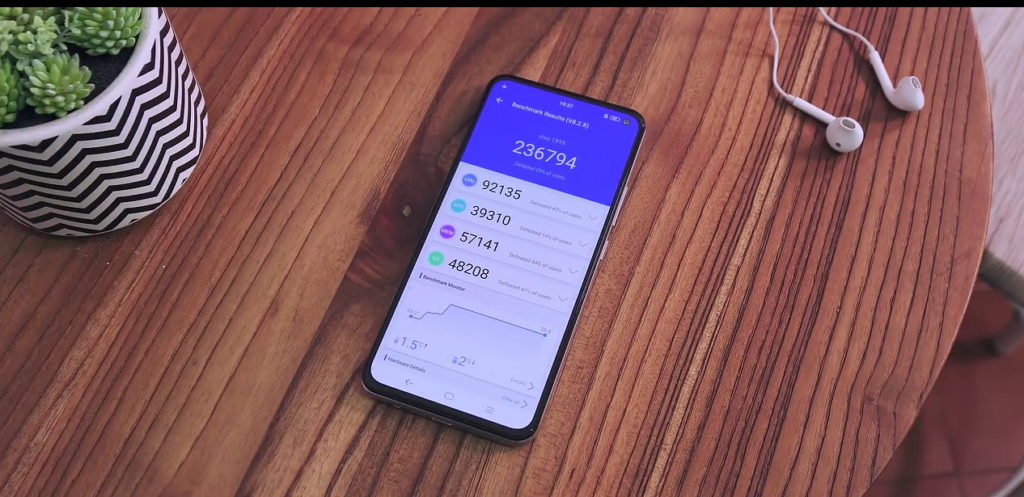
Vivo V19 is based on the Android 10 operating system. The latest version is receiving a lot of updates right now. Not so long ago, it was still stigmatized as raw, but now the beginnings of neural networks have improved significantly, and gesture and prediction systems actually "predict" the user's actions. The updated author's shell FunTouch 10 has become a nice addition. The features of the shell include a minimalistic interface with neon inserts, additional cloud storage, the ability to customize widgets and fonts. The following innovations are considered absolutely new:
- "View Later". Important tabs are fixed in the upper right corner in order not to lose news.
- Smooth animation. The physics of transitions in Vivo V19 is designed according to an advanced scheme.
Performance
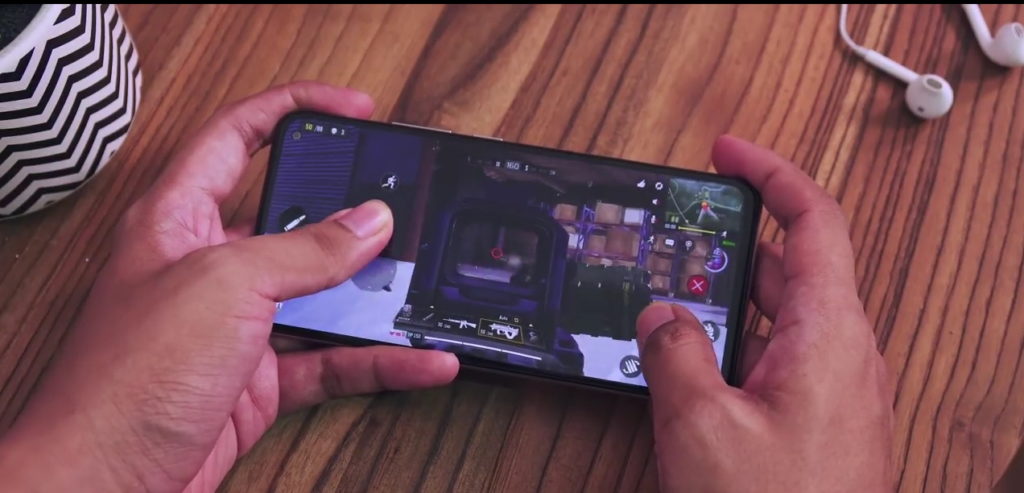
The high performance of the smartphone is provided by the 6th generation Qualcomm processor, created using the 11-nanometer process technology. At the heart of 8 nimble cores, all of them are divided into two clusters, in accordance with the tasks. The first, the most powerful, took 2 cores with a clock frequency of 2.0 GHz for loading heavy games such as WoT or Pubg 9. The remaining 6 cores at 1.7 GHz are designed to optimize the system and solve everyday problems.
In general, the smartphone is suitable for games and complex graphics applications.The powerful Adreno 612 video processor and the special DCI-P3 color space will help to realize the creative process.
autonomy
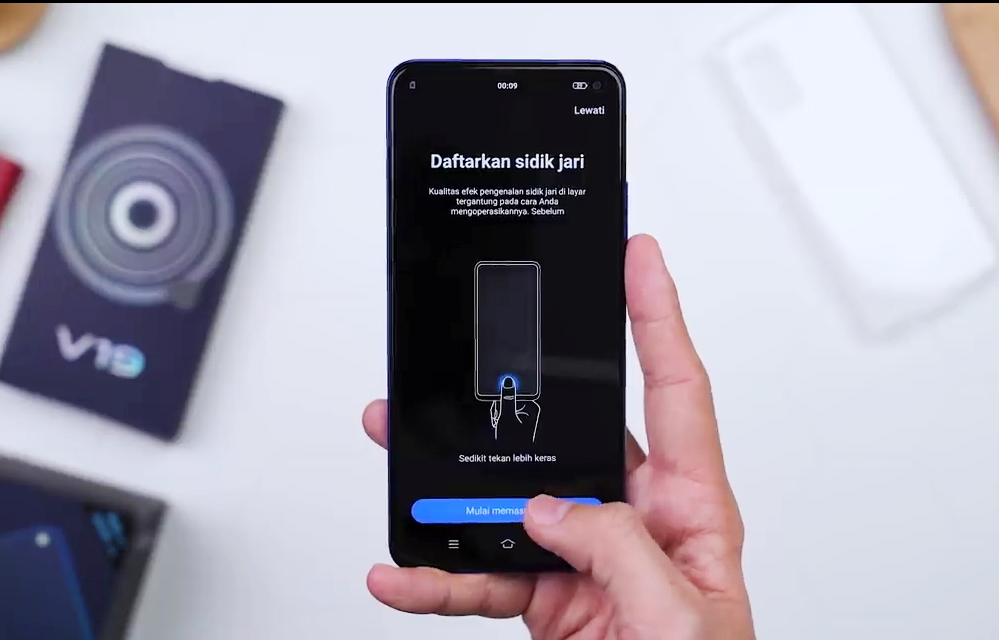
The developers supplied the phone with a standard monolithic battery with a capacity of 4500 mAh. Thanks to the energy-intensive screen, the battery can be stretched for 2 days. In standby mode, he will spend up to 7 days, and during a call 35 hours. The gameplay takes interest quickly, it will take no more than 10 hours to completely discharge the Vivo V19.
Despite the sufficient amount of energy, the brand has not stinted on a good charger with a Quick Charge system (fast charging) at 18 volts, up to 30% faster. Many competitors should take a cue from Vivo.
Camera
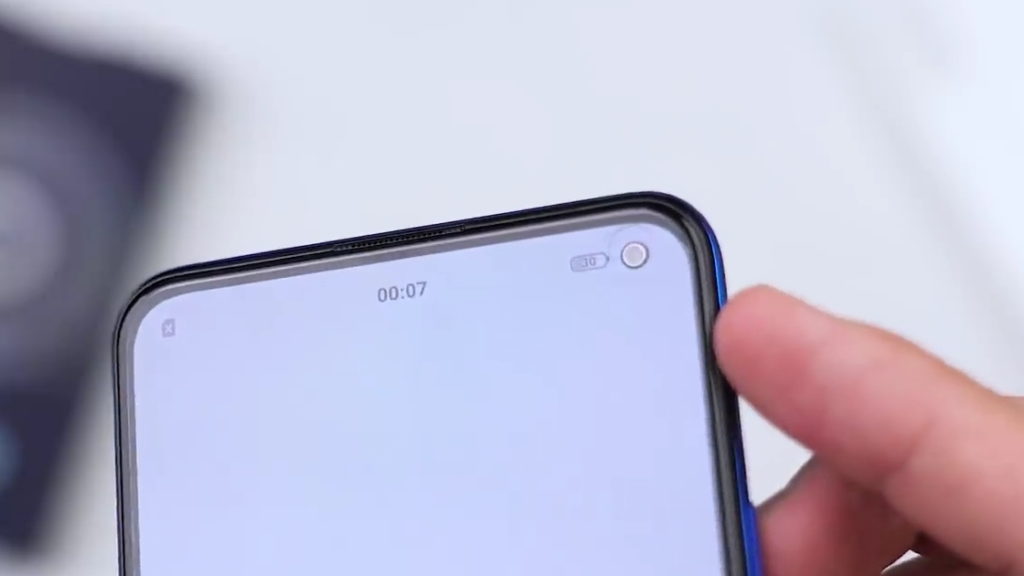
When it comes to the camera in Vivo V19, this is almost the only positive quality of the smartphone. Let's analyze each lens separately, and there are 4 of them in the novelty, not counting the front one. The total number of megapixels is 92 megapixels, not counting the functions, filters and built-in photo correction, which Asians love very much.
The first lens is 48 MP, with a wide viewing angle. Its ability to transmit light is average, that is, at dusk, photographs also turn out to be of high quality, but with minimal loss of saturation. In sunny weather, the photos come out bright, especially since the developers equipped the phone with the “Professional” mode. Understand it, however, only photographers.
The second lens is 8 MP with an angle of 13 mm. According to the classics, it is given for shooting widescreen videos (16:9). It has the same features and color quality as the first lens, but the field of view has been greatly expanded.
The third and fourth lenses are 2 MP. The ability to transmit light is low. This is not their main characteristic.Brands add them primarily for the macro effect and recreating “depth of the frame” (not like in the iPhone 11, but still not bad).
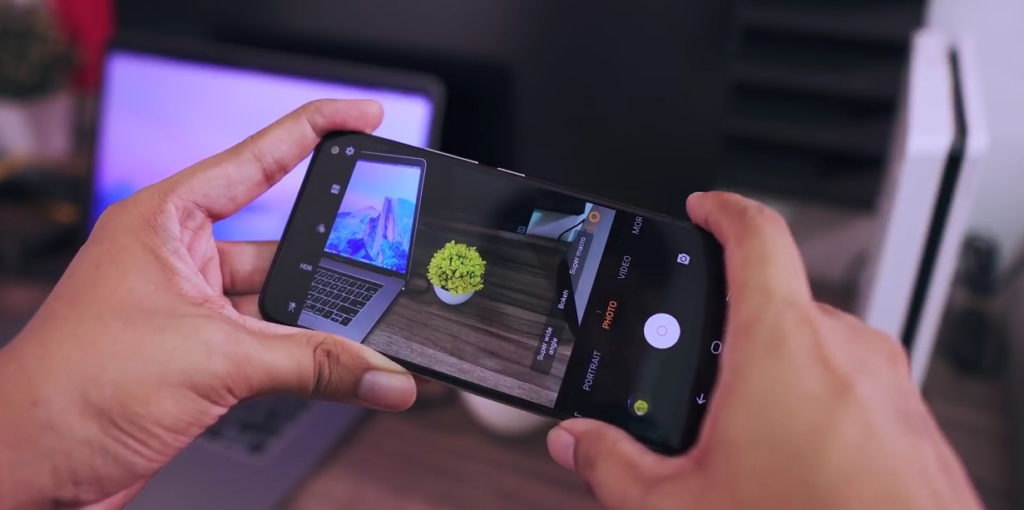
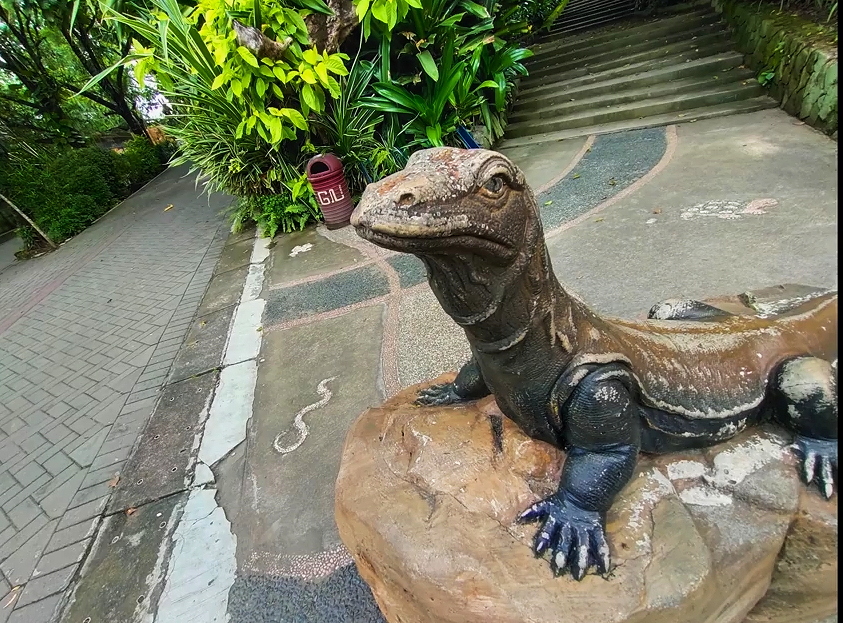

The front camera took 32 megapixels. The value is stunning. Most often, developers make a choice either in favor of a powerful processor, or in favor of a good camera. Here we can observe a competent distribution. Photos come out bright and natural. Internet users were especially pleased with the night selfie feature.
Advantages and disadvantages
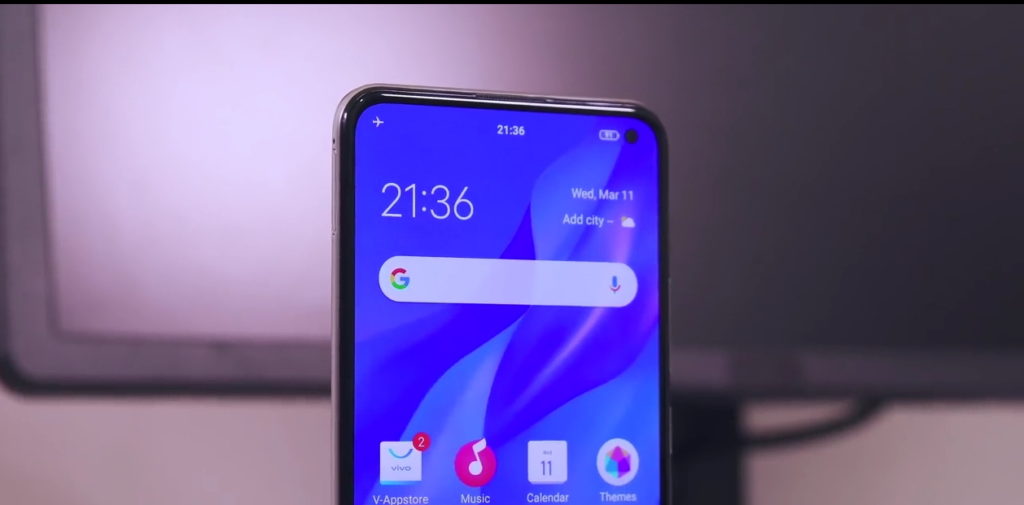
- Beautiful design;
- Quality camera;
- Dear Matrix;
- The best screen protector;
- Productive processor;
- The latest version of the OS and the author's shell;
- Capacitive battery;
- Transparent case as a gift;
- Improved display.
- Cheap materials;
- The body heats up during games;
- Marked materials subject to rapid wear.
Outcome
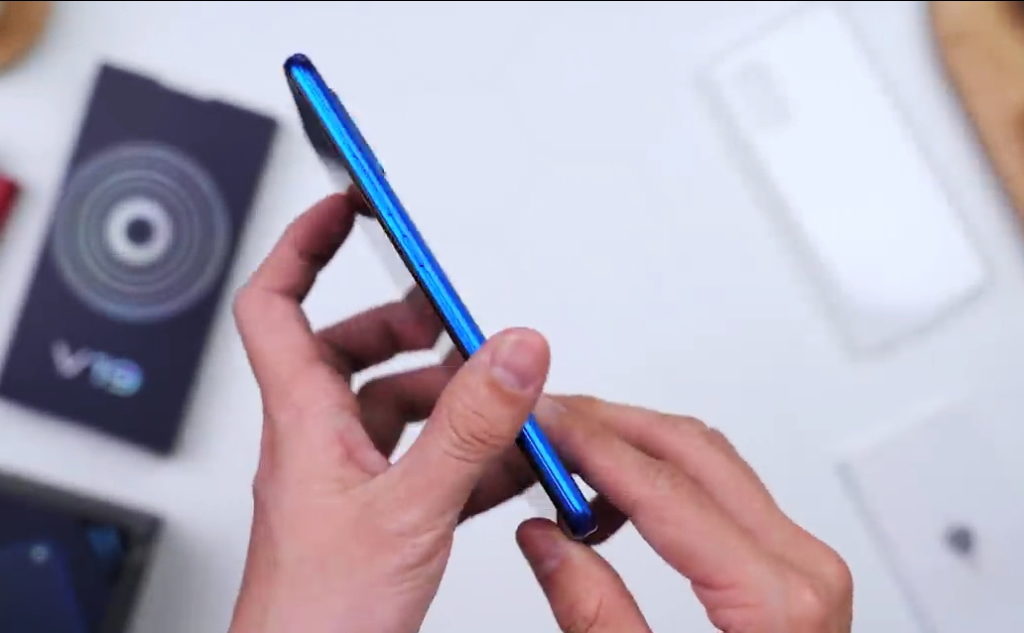
Summing up the review, we can say with confidence that the smartphone, although it repeats the Vivo V17, has its own zest. For example, a high-quality screen or a flexible custom system. The feature set allows it to be offered to people of all ages. Kids will love the good camera and performance, youngsters will love the modern design, older people will love the large print. Such a treasure will cost 23 thousand rubles.
new entries
Categories
Useful
Popular Articles
-

Top ranking of the best and cheapest scooters up to 50cc in 2022
Views: 131662 -

Rating of the best soundproofing materials for an apartment in 2022
Views: 127701 -

Rating of cheap analogues of expensive medicines for flu and colds for 2022
Views: 124527 -

The best men's sneakers in 2022
Views: 124044 -

The Best Complex Vitamins in 2022
Views: 121948 -

Top ranking of the best smartwatches 2022 - price-quality ratio
Views: 114986 -

The best paint for gray hair - top rating 2022
Views: 113403 -

Ranking of the best wood paints for interior work in 2022
Views: 110330 -

Rating of the best spinning reels in 2022
Views: 105336 -

Ranking of the best sex dolls for men for 2022
Views: 104376 -

Ranking of the best action cameras from China in 2022
Views: 102224 -

The most effective calcium preparations for adults and children in 2022
Views: 102019









